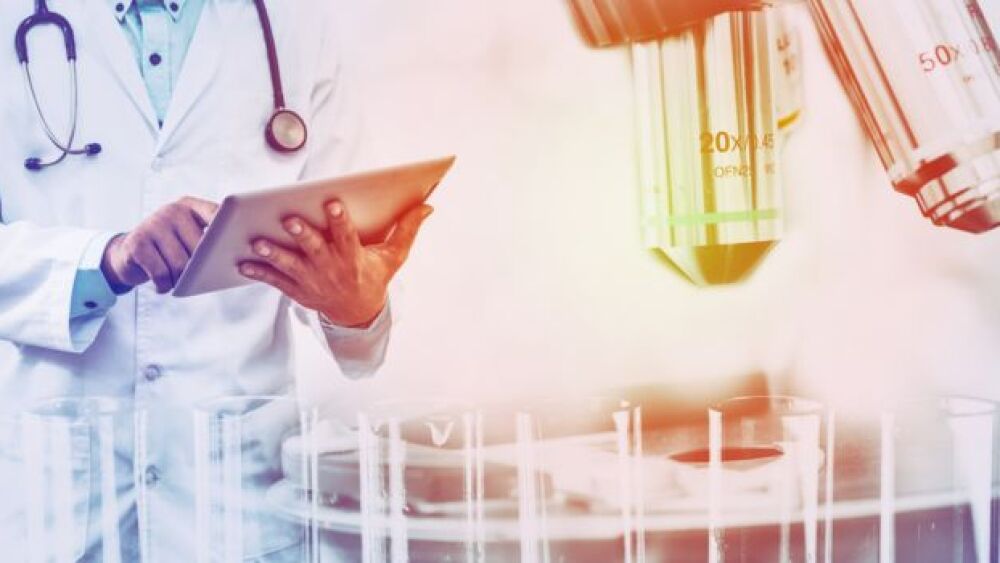Cleanascite™ is ideal for bioprocessing while producing therapeutic monoclonal antibodies (mAbs). The reagent is a solid-phase, non-ionic adsorbent supplied as a suspension in saline, ready for use. Simply add, centrifuge and/or filter. The clarified supernatant is ready for subsequent downstream processing or analysis. It helps purify antibodies, recombinant proteins, nucleic acids, proteoglycans. It is also ideal for clarifying ascites, serum, cell & tissue culture, bile and organ homogenates.
Application of Cleanascite™ for clarification of ascites during monoclonal antibody production:
Nussbaum G, Cleare W, Casadevall A et al. Epitope Location in the Cryptococcus neoformans Capsule Is a Determinant of Antibody Efficacy. The Journal of experimental medicine.1997;185:685-694
For the preparation of monoclonal antibodies from ascites of hybridoma cells, Cleanascite™ was used for lipid removal. Monoclonal antibodies (mAbs) to the polysaccharide capsule of Cryptococcus neoformans can prolong survival in mice. epitope specificity in determining protective efficacy was suggested by experiments with two murine IgM anticryptococcal mAbs, 12A1 and 13F1. The protective mAb, 12A1, produced a homogeneous annular fluorescence pattern, whereas the nonprotective mAb, 13F1, produced a punctate pattern of fluorescence on one strain of serotype D, C. neoformans.
For more information click here:
http://www.biotechsupportgroup.com/node/73
About Biotech Support Group LLC
Biotech Support Group LLC is a leading provider of genomics and proteomics sample preparation products and enrichment reagent kits as well as integrated biotechnology services for life sciences research, biomarker and drug discovery. Based in New Jersey, it’s principal products include: AlbuVoid™ for albumin depletion, Cleanascite™ for lipid adsorption and clarification, NuGel™ for passivated silica-based affinity chromatography, and ProCipitate™ & ProPrep™ for nucleic acid isolation. Currently, Biotech Support Group LLC and ProFACT Proteomics Inc., are collaborating on the development of a proteomics platform used in functional profiling for proteomic analysis and a separations method for generating sub-proteomes used in biomarker and functional proteomic prospecting. For more information, go to: www.biotechsupportgroup.com.
CONTACT:
Dr.Swapan Roy
Biotech Support Group
1 Deer Park Drive, Suite M,
Monmouth Junction, NJ 08852, USA
732-274-2866
sales@biotechsupportgroup.com
References for Cleanascite™
1.J Krupey - United States Patent: 5885921 Hydrophobic silica adsorbents for lipids.
2.Cho N, Chueh PJ, Kim C et al Monoclonal antibody to a cancer-specific and drug-responsive hydroquinone (NADH) oxidase from the sera of cancer patients. Cancer Immunology, Immunotherapy. 2002;51(3):121-9
3.Hauser-Davis RA, Lima AA, Ziolli RL, Campos RC.First-time report of metalloproteinases in fish bile and their potential as bioindicators regarding environmental contamination. Aquatic Toxicology.2012;110-111:99-106
4.Beenhouwer DO, Shapiro S, Feldmesser M et al. Both Th1 and Th2 Cytokines Affect the Ability of Monoclonal Antibodies To Protect Mice against Cryptococcus neoformansInfection and immunity.2001;69: 6445-6455
5.Nussbaum G, Cleare W, Casadevall A et al Epitope Location in the Cryptococcus neoformans Capsule Is a Determinant of Antibody Efficacy The Journal of experimental medicine.1997;185:685-694
Suggested References
1.Kamp, M. and W. de Leeuw. Short review of in vitro production methods for monoclonal antibodies. NCA Newsletter.1996;3:10-11
2.Falkenberg, F. W., Hengelage, T., Krane, M., Bartels, I., Albrecht, A., Holtmeier, N., and M. Wuthrich. A simple and inexpensive high density dialysis tubing cell culture system for the in vitro production of monoclonal antibodies in high concentrations. Journal of Immunological Methods.1993; 165:193-206
3.Bodeus, M., Bartonboy, G., and H. Bazin. Rat monoclonal antibodies IV. Easy method for in vitro production. Journal of Immunological Methods.1985; 79:1-6
4.Sjorgren-Jansson, E. and S. Jeansson (1990). Growing hybridomas in dialysis tubing, optimization of the technique. In Laboratory Methods Immunology. 1990. CRC Press: Boca Raton, FL, pp. 1-41
5.McArdle, J., Reddington, J., Reddington, G., and J. Heidel (1996). Further development of a unique, simple, inexpensive, efficient in vitro method for small, medium and large scale production of monoclonal antibodies.1996; ATLA 24 (special issue):318
6.Monica, T.J., et al. Comparative biochemical characterization of a human IgM produced in both ascites and in vitro cell culture.1993; BioTechnology11:512-515.
7.Peterson, N.C. Considerations for in vitro monoclonal antibody production. Research In Immunology. 1998; 149(6):553-557.
Photo:
http://www.prlog.org/11947852/1




